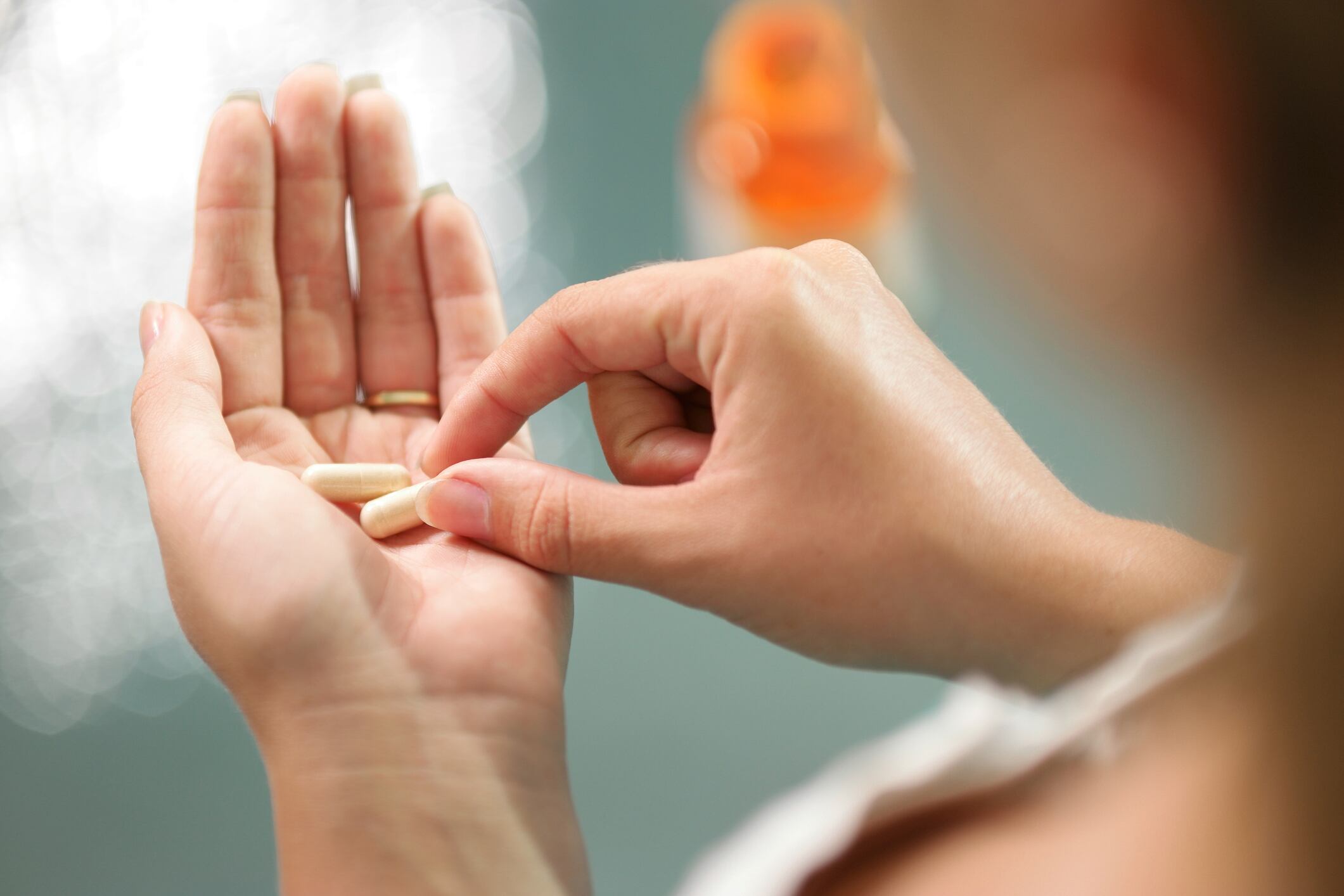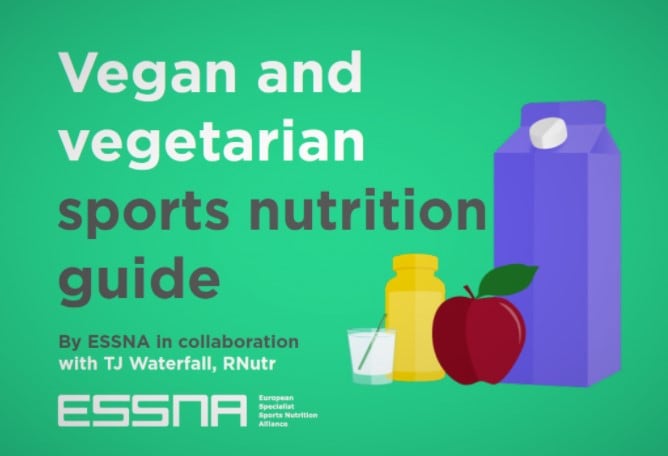There is also a growing body of evidence about the wide ranging health benefits of vegetarian diets, plus dietary patterns with high consumption of fruits and vegetables have been associated with better bone health outcomes. However, there are concerns about the adequacy of vegan diets for bone health because of the lack of dairy consumption.
Lower BMD has been more consistently observed among vegans but few prospective studies have examined the effects of vegetarian diets on risk of fractures.
The purposes of the current study were to examine the association of hip fracture with five dietary patterns in non-Hispanic white women and men (aged 45 and older), and to determine if this association is modified by calcium and vitamin D supplementation.
The study
The Adventist Health Study 2 (AHS-2), a large National Cancer Institute–funded cohort study to examine relations between lifestyle and health outcomes, consists of ∼96,000 participants in North America recruited between 2002 and 2007. The current study’s population is limited to non-Hispanic white peri- and postmenopausal women and men aged 45 and older who completed ≥1 follow-up questionnaire. After all necessary exclusions, a cohort of 34,542 (18,732 women and 15,810 men) was yielded.
At enrolment, participants completed a comprehensive lifestyle survey including a validated food frequency questionnaire (FFQ).
Diet recalls were used to group participants into 5 dietary patterns: vegan, lacto-ovo-vegetarian (LOV, don't eat meat or fish but do eat eggs and dairy), pesco-vegetarian (don't eat meat but do eat fish, dairy and eggs), semi-vegetarian (eat fish/meat once a week or less), and nonvegetarian (NVEG).
Biennially, participants were mailed follow-up questionnaires including the following item: “Have you had any fractures (broken bones) of the wrist or hip after 2001?”
Nutrient intakes, using the Nutrition Data System for Research database, and relevant covariates known to be associated with bone health were compared across the 5-diet-pattern continuum.
Results
There were notable differences in lifestyle factors among diet patterns. Vegans reported the lowest use of hormone therapy and highest frequency of walking ≥5 miles/wk. LOVs were more likely to have a graduate degree and least likely to have ever smoked. Vegans and LOVs generally had lower numbers of comorbidities than the other 3 diet patterns. NVEGs were least likely to have a graduate degree and most likely to have smoked or used alcohol.
Among vegans, 32% supplemented with both vitamin D and calcium compared with ∼50% in the other dietary groups. Magnesium intake was also consistently (22%– 29%) higher across diet patterns among those who consumed both calcium and vitamin D than among those taking neither or only one of the supplements. Mean dosage of each supplement differed little by diet choice: ∼660 mg Ca/d and ∼13.5 μg vitamin D/d.
The non-supplemented vegans had 11.2% lower dietary vitamin D intake than the supplemented vegans and 31%–53% lower dietary vitamin D intake than those in the other dietary groups.
Total calcium and total vitamin D intakes were higher in women, largely due to higher frequency of supplementation.
In men, no association was found between diet pattern and hip fracture risk in age-adjusted analyses. Multivariable analysis and stratification on supplementation with vitamin D and/or calcium did not change these findings. In women, there was a significant association of diet pattern with hip fracture, with a higher proportion of cases among those consuming a plant-based diet. The incidence of hip fracture per 1000 PYRS was 3.9 and 2.4 for vegans and NVEGs, respectively.
Age-adjusted models in the female cohort showed increasing risk of hip fracture from NVEGs to vegans with vegans having a 53% higher ageadjusted risk of fracture than NVEGs.
However, the vegan diet, when supplemented with both calcium and vitamin D, was associated with the same risk as or a lower risk of fracture than NVEG or the other diet categories. These results therefore suggest that both vitamin D and calcium are independently important and necessary for an optimal vegan diet.
The authors point out that the lower risk of fracture in men has been attributed to anatomic and hormonal advantages. In early adulthood, men have higher BMD and larger bones for a given height and weight than women. With aging, greater loss in bone density and greater increases in cortical bone porosity have been observed in women. Furthermore, the impact of declining testosterone in males has minimal impact on bone loss compared with declining female hormones.
They note that the supplemental use of both nutrients for the purpose of fracture prevention is intensely debated but they argue their data boosts the argument for supplementation.
"Among women, a vegan diet was associated with significantly higher risk of hip fracture. However, a vegan diet supplemented with both vitamin D and calcium yielded no greater risk of hip fracture than the NVEG diet," the report concludes.
"Because vegans in this study have the lowest number of comorbidities among the diet patterns, this would qualify them as healthy community-dwelling adults. Nevertheless, the very dietary choices that appear to be associated with low comorbidities also appear to contribute to higher risk of hip fracture. Thus, our findings support the importance of an adequate intake of calcium and vitamin D to prevent hip fracture in women consuming a vegan diet."
Source: The American Journal of Clinical Nutrition
Thorpe. D. L., Beeson. W.L., Knutsen. R., Fraser. G. E., and Knutsen. S. F.
"Dietary patterns and hip fracture in the Adventist Health Study 2: combined vitamin D and calcium supplementation mitigate increased hip fracture risk among vegans"




